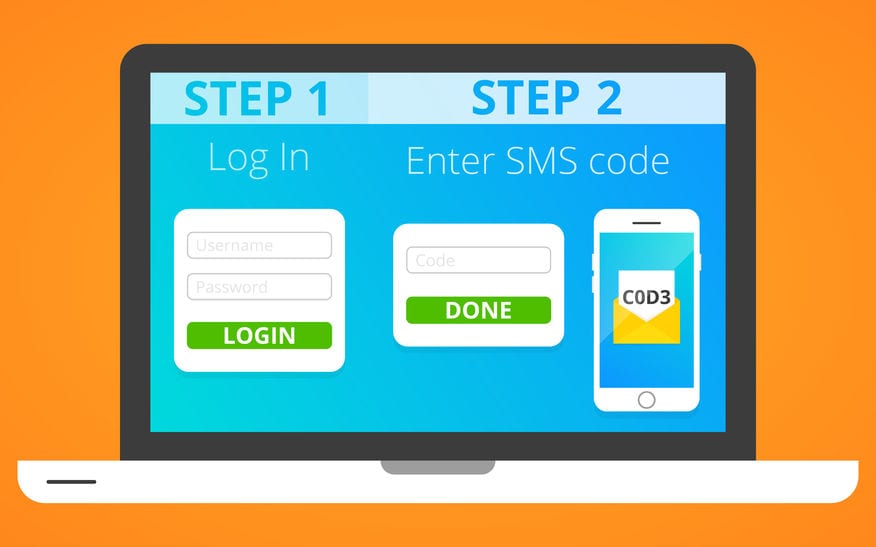3 Steps For Complete VPN Multi-Factor Authentication
Virtual Private Networks are used not just by individual Internet users. With the number of threats to Internet privacy and data safety increasing by the day, businesses and corporations are all resorting to a VPN for safely connecting to the Internet. In the last few years, there has been a steep rise in the number of threats to digital technology. The threats have increased because of the reliance on technology, with every business using various kinds of technology for different functions.

3 Steps For Complete VPN Multi-Factor Authentication
The Rise of Cyberthreats
There is no business today that doesn’t use some form of technology. Therefore, hackers and other cybercriminals are always on the prowl. The moment something is transmitted across the Internet, it is open to everyone. There are millions of identity theft cases reported annually, and most of them happen to businesses. Every piece of technology can be hacked – from emails to cloud storage – and information conveniently stolen. Such data theft cases have been increasing at an alarming rate, and businesses are scrambling to tighten security.
The Changing face of Remote Working
VPNs aren’t new. They have been in use for a long time before the modern concept of remote access even existed. There was a time when the only people who needed access to the company VPN were full-time employees. Today, this scenario has changed and the number of people with access to the company VPN has increased by leaps and bounds.
Contractors and remote employees also have VPN access today and log in from their personal devices. While VPN access does make it easy for remote workers to connect to the company network for collaboration, it can also increase risks of identity thefts.
For instance, there’s no way to be sure that the remote worker trying to access the network is really who they claim to be. There is no way to ascertain that they haven’t shared the credentials with unauthorized people. Having a legitimate username and password doesn’t mean they are the authorized users. In fact, a surprisingly large number of data thefts involve weak passwords.
These challenges require more than just secure passwords. There should be a multi-factor authentication system to address these challenges. The system should be able to both provide identity assurance as well as the convenient remote access for employees and contractors.
The following three steps are essential for ensuring both data protection and convenient access:
Appropriate Risk Analytics
The first step in a multi-factor authentication system is appropriate risk analytics. This involves discerning the level of risk posed by an access request and making the VPN respond accordingly.
Basically, by risk analytics, it is possible to tighten authentication when the risk is high and keep it normal when the risk isn’t much or no risk at all. Instead of blocking access to all third parties or making access difficult for everyone, this step makes it possible to minimize the risk while granting access to authorized users.
Multiple Authentication Options
The more different types of users with access to the VPN, the more crucial it is to have a number of means of access. These should be done according to the type of user, their location, and purpose. What works for some may not work for others, so the options need to be varied.
An appropriate multi-factor authentication solution should offer a number of options, including mobile push-to-approve, one-time passwords, biometrics, and hardware and software tokens. By having a wide number of different options, it is possible to enable convenient access to the company VPN without compromising security.
Same Multi-factor Authentication Solution for All Types of Access
Having one kind of authentication system for the VPN and something different for other services like cloud storage can result in one big confusion. If you want to adopt multi-factor authentication, look for a solution that can be extended to other access scenarios besides VPN.
This will provide users with a single, seamless access, and spare you the grief of having to manage several different solutions. If you already have a multi-factor authentication solution for VPN access, it is best if you can use the system for all other types of access.
A simple username and password combination isn’t enough for protection anymore. Since hackers know that many people use VPNs for safety, they now target virtual private networks for stealing data.
When it comes to businesses, the risk is the same whether or not you use a VPN. Therefore, a complete multi-factor authentication system must be in place to prevent unauthorized access.
Whether you’re a small business or big, even a small data breach can result in a huge loss. You could lose money or data or both, and your servers could crash and all data erased. To prevent such instances, always enable multi-factor authentication and have complete peace of mind.
Planning ahead certainly helps!





